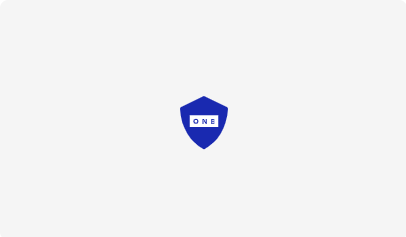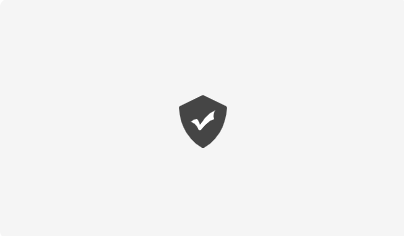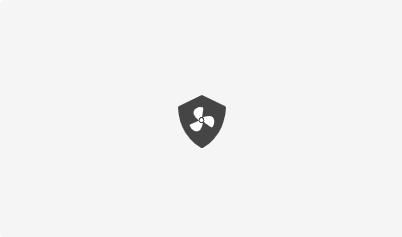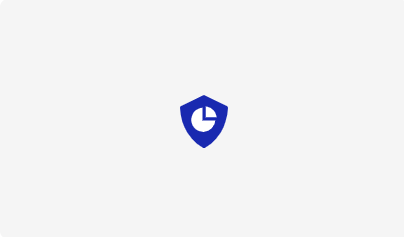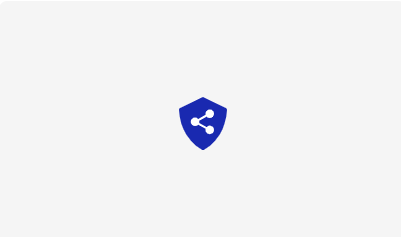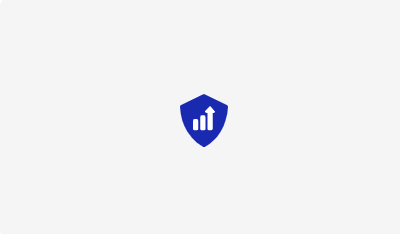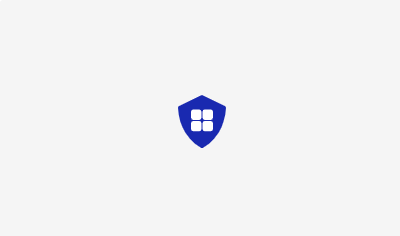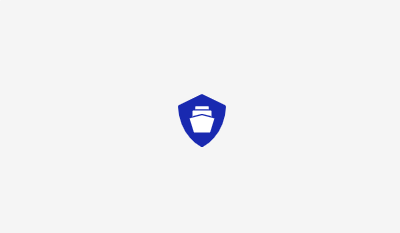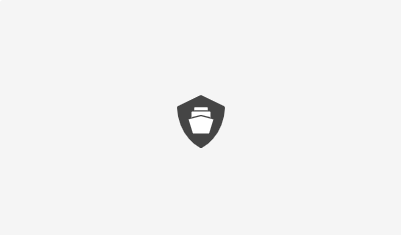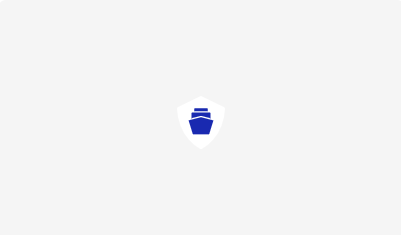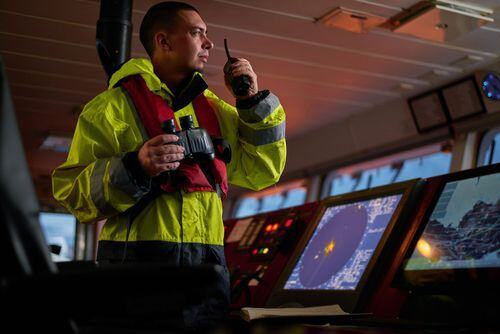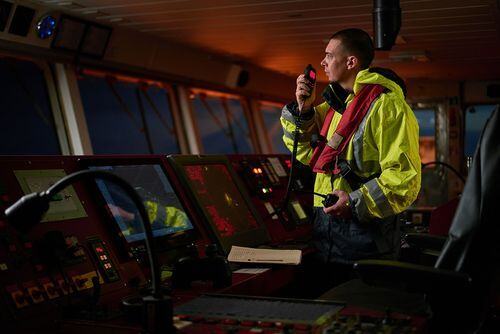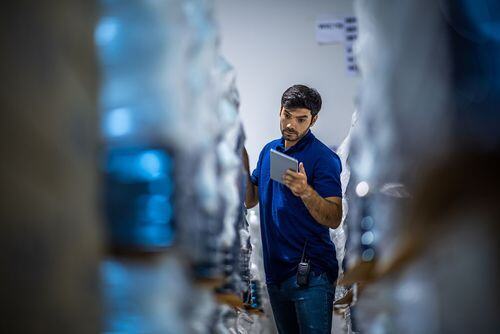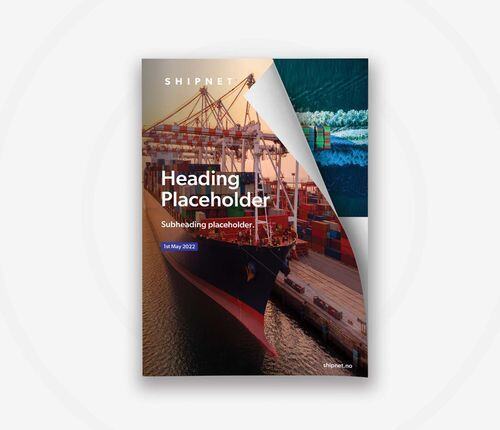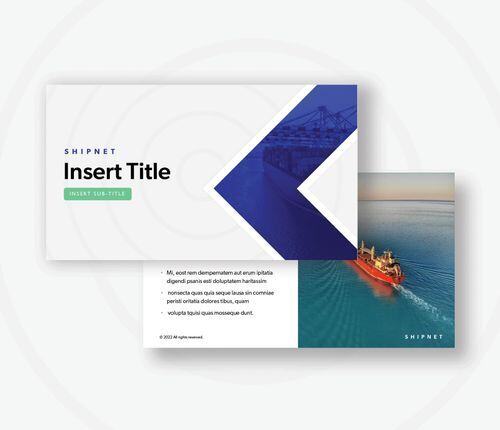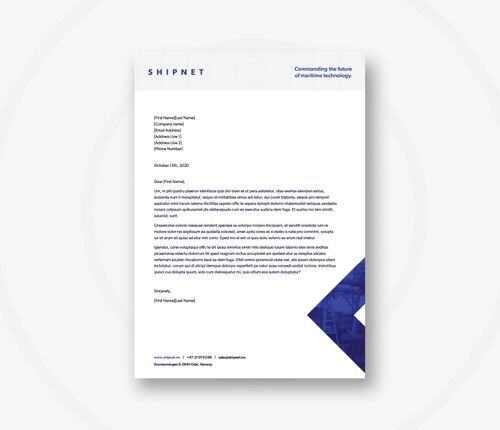Brand guide
Version 1.01
Brand
Who we are?
We are the shipping company’s software solution. Built by the industry, for the industry, we’re the tech solution that commands your fleet’s operations, your business compliance and your profitability.
With five decades of shipping experience, we are experts at what we do. We know exactly how to solve the problems faced by the shipping businesses of today from before you set sail to after you’ve docked.
What we do?
We deliver the data you need to stay informed for the whole voyage. From organising your fleet and analysing your cargo, to chartering the voyage and maintaining compliance, we help you make quick, insights - led decisions that deliver efficiency.
Our software is the best in the business, taking control of every aspect of your fleet. Our software delivers solutions that give you back control of every aspect of your fleet.
Our values
Trust
When you’re at sea, you need to have confidence in your crew. You need to trust them. We inspire trust and confidence in our clients with our authenticity and because we get things done.
Expertise
We’re experts in our field. And our field is shipping. We value incredible seamanship above everything else - and that’s who we are and who we work with.
Good-natured and approachable
In the shipping business, you need to be able to take a stay positive in the face of adversity. We’re able to see the fun in things, and to approach our work as we do our lives - with an optimism.
Resolve
We make decisions and we get things done. When our clients work with us, they get the confidence to be decisive too.
Our mission
To create innovative solutions to the problems of the shipping industry.
Our vision
Commanding the future of maritime technology.
Elevator pitch
Shipnet solves the problems of the modern shipping industry. Managing the technical side of your fleet before leaving port, measure your ships’ safety while at sea, and analysing how to improve once your cargo’s arrived. We’re by your side for the whole voyage
Brand promise
We inspire confidence and deliver growth to the global maritime industry.
North star
To lead innovation in the global maritime industry.
Value proposition
We’re the crew you can rely on when it comes to shipping software, on hand to help control your fleet’s operations, your business compliance and aid your profitability.
Resources
Logos
Images
Brand identity
Logo usage

Logo sizing

Should not go below 75 pixels in width.
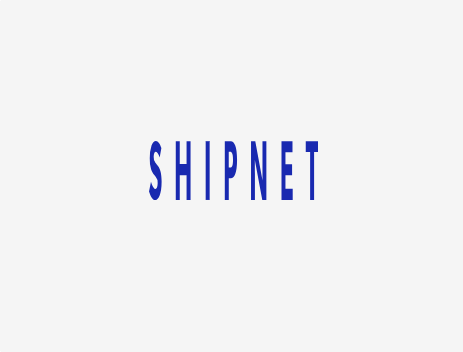
Should not be distorted on either the horizontal or vertical axis.
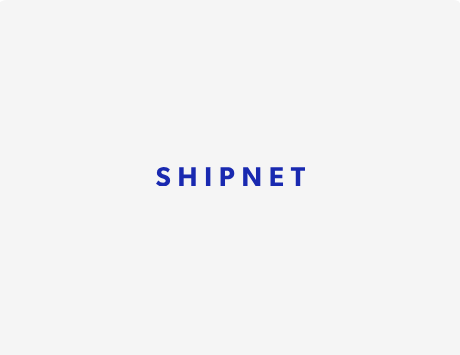
Should not have its character spacing altered from its original form.
Image usage
What makes a good photo?
Photographs add depth to an article and are very useful in conveying meaning. They are also attractive to the eye and are easy to scan, breaking up the page in an interesting way.
BEFORE USING PHOTOGRAPHY, YOU SHOULD CONSIDER THE MESSAGE:
- What are you trying to communicate?
- Does the image align with your goal?
- What message should the photo contain to meet the users’ needs?
- Does the image align with who Shipnet are, and what we are trying to achieve?
OTHER GUIDELINES THAT SHOULD BE CONSIDERED:
- Only use the photo if it genuinely adds to the value of the article.
- Use photographs that capture a moment in time and aren’t staged or fake.
- Use photographs that show diversity (young, old, different ethnic backgrounds).
- Use photographs that are relevant to the article or content it’s related to.
- Use photographs that are helpful and convey something that is difficult to put into words.
- Use .jpg for pictures and .png for graphics or diagrams.
- Use images that are taken by Shipnet wherever possible (make sure you get sign-off for use in the public domain). If that’s not possible, use paid for stock art sites to avoid copyright infringement.
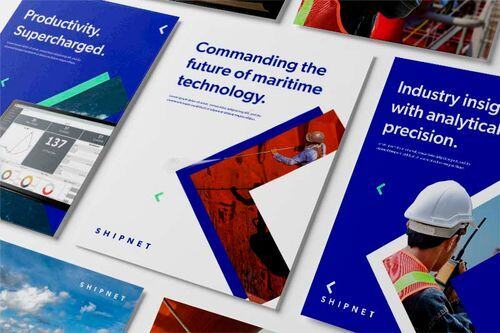
Good Image example

Good Image example

Good Image example
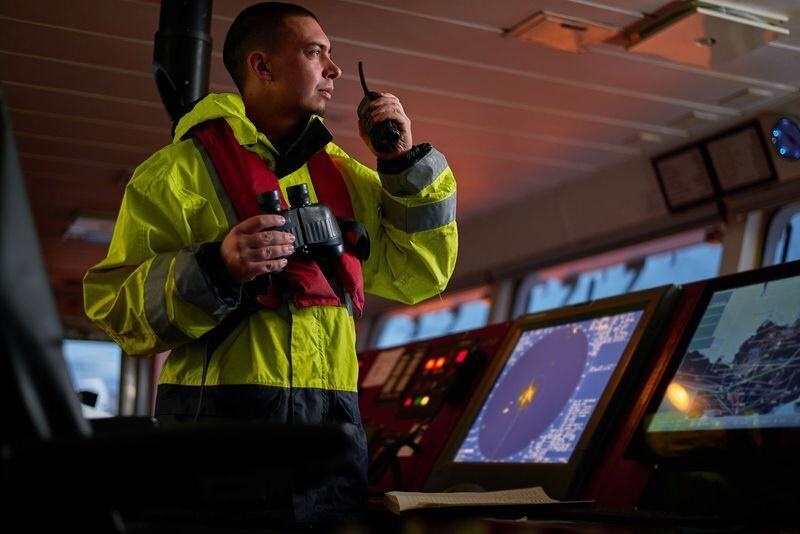
Good Image example

Good Image example
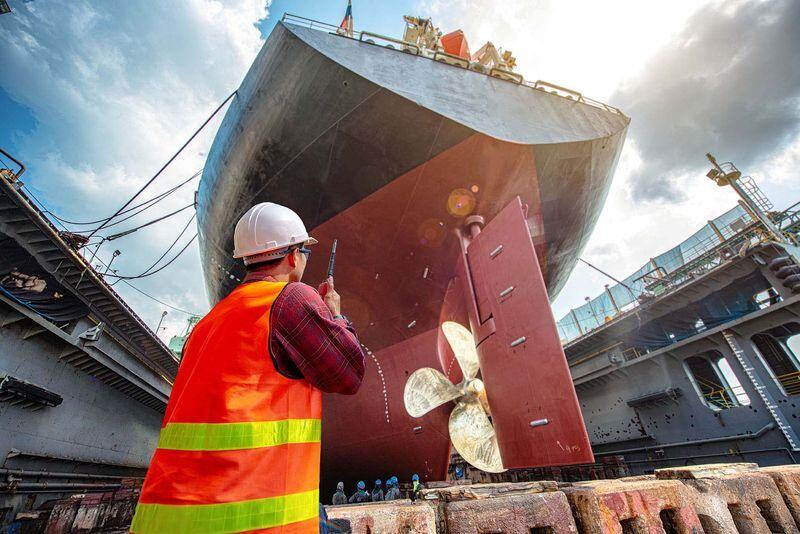
Good Image example

Bad Image example

Bad Image example

Bad Image example
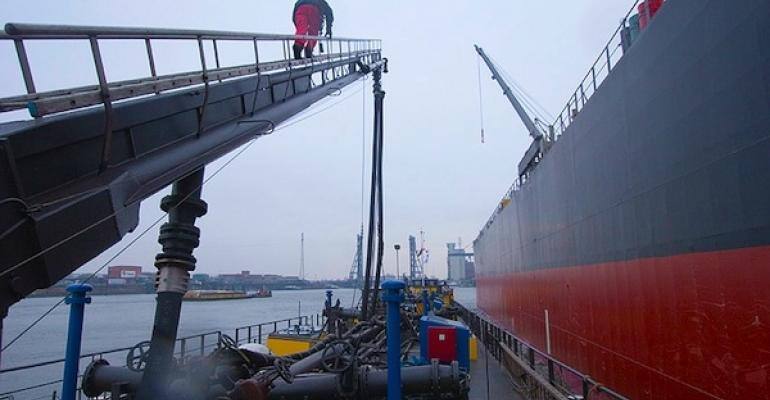
Bad Image example
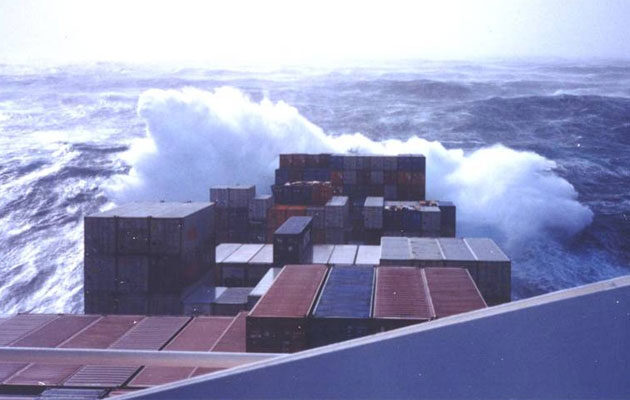
Bad Image example
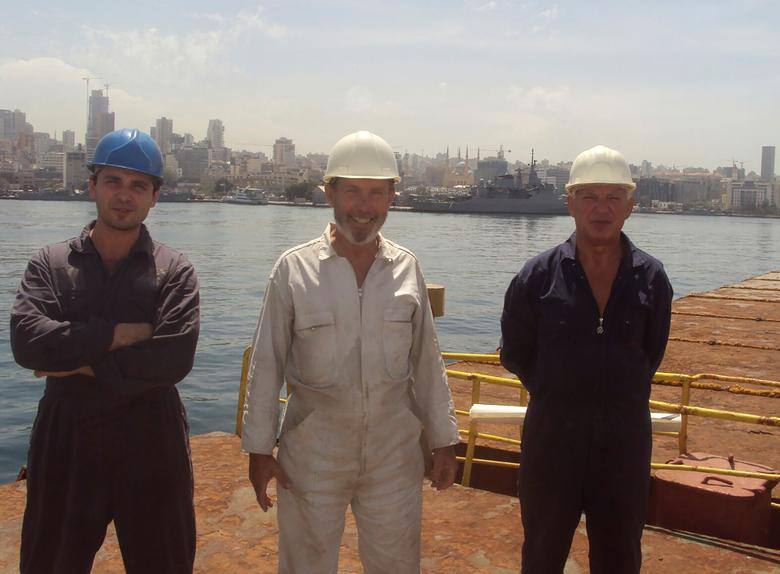
Bad Image example
IMAGES SHOULD NOT:
- Use copyrighted material from other sites without permission or watermarked images.
- Show brand names unless they are in context with the article.
- Only use the correct image size to begin with.
- Use poor quality pixelated imagery.
- Show anything that can bring Shipnet into disrepute.
- Show any kind of potentially offensive or sexual images.
IMAGES SHOULD:
- Be appropriate to the device where the graphic will be displayed.
- Be simple and easy to understand.
- Be accurate - artwork should reflect the data accurately.
- Provide sources of data - references add credibility.
- Use colour with care - Shipnet brand guidelines should be followed carefully.
- Ensure contrast between text and background colours.
- Be useful, shareable and relevant.
- Use Gibson font where possible.
Typography
Colour palette
#1929b0
Shipnet Ocean Blue
#3eeba5
Shipnet Green
#454545
Shipnet Dark Grey
#f5f5f5
Shipnet Light Grey
Brand execution examples
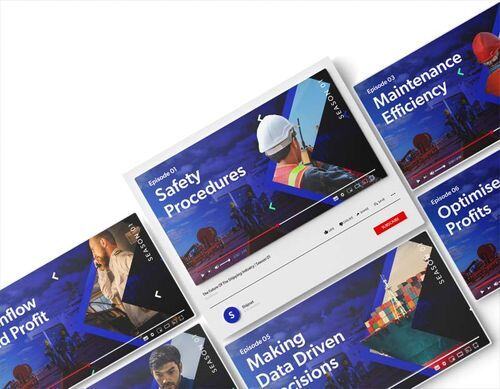
YouTube Thumbnails
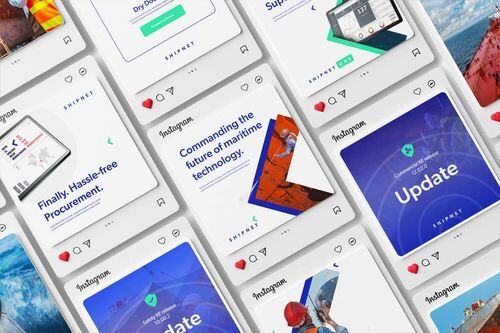
Social

Poster
Tone of voice
What is Tone of voice?
Our tone of voice is how we speak. We could be writing an email, drafting an advert or responding to a customer service query. Whatever we’re writing, it needs to sound like it’s coming from the same entity – Shipnet.
Think of our tone of voice as our brand in words. A consistent tone of voice reassures customers that they’re dealing with a trusted, professional and established brand.
This guide is written in Shipnet’s tone of voice, to give you an idea of how the tone will look and sound in play.
Brand vs Customer
Brand
Shipnet is looking to stand out in the industry, with a professional, reliable and technology first brand personality. We’re a well-natured bunch with the experience and technology to get the job done.
Customer
- Most likely male, 40+
- Shipping industry at their core
- Well educated and experienced
- C-suite level exec
- May undervalue tech and data
- Based in Europe
Our personality
We're specialists
We're seasoned in what we do. Everything we say, reassures the reader that we're maritime experts.
We're realistic
But this doesn't go to our heads. We're down-to-earth, clear, approachable, straightforward and friendly.
We're reliable
In an industry like ours, reliability is key. If we commit to something, we do it. Our word is oak.
We're decisive
We make the big decisions. In our industry, every second counts, and we're sure of every call we make when the going gets tough.
We're good-natured
Our good-natured attitude tells our readers we can do our jobs with our eyes closed. We're not all business.
Communication commandments
Our aim is to make shipping and dry docking admin effortless.
Our specialist technologies are designed to offer simple and creative solutions, giving our customers the confidence that the right decision are being made on their behalf. To make sure our customers believe in us, and trust us with their business, we need to communicate with them in a way that reassures them of our experience, attitude and reliability.
That’s where our communications commandments come in:
#1 | Clear and simple
This is true for both our tone of voice and our visual language.
- We never use long words when short ones will do
- We steer clear of jargon, even if it’s relevant to the shipping industry
- We’re specific, decisive and direct
EXAMPLE
We’re making waves with our tech solutions, streamlining dry docking and shipping admin.
#2 | Stay active
We use the active voice, this means the subject of the sentence performs the action, for example:
- The marketing department wrote the document (active)
- The document was written by the marketing department (passive)
Top Tip
Follow the pattern: subject – verb – object, and you won’t go far wrong.
Try This
If you're trying to convert something to active voice, look for phrases like “by the”, and bring the subject closer to the start of your sentence.
#3 | Keep it conversational
We write like our readership, not like a faceless corporation.
- We use contractions – a simple writing trick to sound more conversational (e.g. Would not = Wouldn't)
- We’re concise, keeping to one or two thoughts per sentence
- We write normal, not formal – if in doubt, swap out your long words for short ones
EXAMPLE
We’re in the business of keeping your business afloat
#4 | Be the expert
As the experts, we should be able to explain technical stuff in a simple way.
- We never hide behind flowery language when we don’t understand something
- When we write, we take control. Be confident that that things you’re saying are right, and steer clear of indecisive adverbs like almost, potentially and slightly.
- Avoid unnecessary adverbs
TRY THIS
Shipnet isn’t truly innovative, Shipnet is innovative.
Sector terminology
We stand out from the crowd by dropping in the occasional reference to our shipping heritage. We should aim to include specialist terminology in about 40% of the instances they could be used, to avoid becoming repetitive.
'Crew'
Used when talking about products and in light-hearted reference to the Shipnet team.
'Command'
We command the shipping industry through tech, and we tell people about it.
'Maritime'
Used only in our vision and tagline, in all other circumstances we use 'Shipping'
Hours style
-
Abbreviations and currencies $100 (for US dollars), AU$100 (for Australian dollars), HK$100 (for Hong Kong dollars), 100 (for UK pound sterling), and €100 (Euros)
-
Brand name Capital S, lowercase n, e.g. Shipnet
-
Dates and times 15 June 2022, don’t include ‘st’, ‘th’, ‘rd’ or ‘nd’, and use European ordering (day, month, year), rather than American (month, day, year). Time should be written in 24-hour format - eight o'clock in the evening is 20:00
-
Figures Use words for numbers one to nine, and digits for 10 and over
-
Spelling We use British English, e.g. ‘colour’ not ‘color’, ‘organisation’ not ‘organization’. Top tip: Set your word processing software to English (UK)
-
Job titles Always capitalise job titles: Our Head of Marketing Jenny Duffy. We can shorten job titles if they’re commonly initialised: Our CEO Aden Hopkins
-
Emphasis Use bold to emphasise online and italics to emphasise in print
-
Initialisms If an initialism is uncommon, you should spell it out the first time you use it, and follow it with the initialism in brackets. From then on you’re safe to use the initialism. e.g. Search Engine Results Page (SERP)
-
Pronouns Companies or entities are always singular, and should therefore be referred to using “it, is, its, that” and not “they, are, their, who”, e.g. “Shipnet is building a new office for its staff”, and not “Shipnet are building a new office for their staff.”
Tone of voice usage standards
Our writing is clear, concise and to the point
- We never use long words when short ones will do
- We steer clear of jargon, only using it when we know our reader will understand
- If you know the reader is a client, feel free to use the jargon they’d use themselves
- Be specific. Be decisive. Be direct.
What we say fills our reader with confidence
We know what we're doing and we get things done. We use short sentences most of the time. When you know what you’re talking about, you can explain it in brief. That being said, the best writing varies its sentence length and structure.
We use the active voice
In sentences written in active voice, the subject performs the action. In passive voice, the subject receives the action:
ACTIVE
The marketing department wrote the document
PASSIVE
The document was written by the marketing department
TOP TIP
The document was written by the marketing department
TRY THIS
If you're trying to convert something to active voice, look for phrases like “by the”, and bring the subject closer to the start of your sentence.
We write how our reader speaks, not like a dull, corporate entity
We use contractions (we’re, you’re, wouldn’t), and we sound more natural for it.
WE DON'T SAY
We could not be happier with our TOV. It is great.
WE DO SAY
We couldn’t be happier with our TOV. It’s great!
WE CAN MAKE EXCEPTIONS WHEN WE PUT EMPHASIS ON THINGS
Shipnet. We are the shipping industry experts.
We write normal, not formal
if in doubt, swap out your long words for short ones:
PURCHASE turns into BUY
OBTAIN turns into GET
HOWEVER turns into BUT
REQUIRE turns into NEED
Tone of voice in action
BEFORE
We provide maritime technology and solutions to effectively transform your data into real-world intelligence, delivering performance improvements in a safe and secure manner. Our application suite is unique in being a “One Connected Maritime Platform” ERP. By addressing all aspects of a maritime transaction, we are able to ensure that information passes through the system quickly and effectively.
AFTER
We deliver maritime tech solutions which turn data into real-world insights. Our unique One Connected Maritime Platform safely and securely enhance your performance, getting to grips with every aspect of a maritime transaction. For efficient data as fast as possible.
Cheatsheet
-
Have you used clear and simple language?
-
Have you used contractions to keep it conversational?
-
Have you demonstrated your expertise with a clear explanation?
-
Have you used the active voice, leading your sentence with the subject?
Messaging and product
Product hierarchy
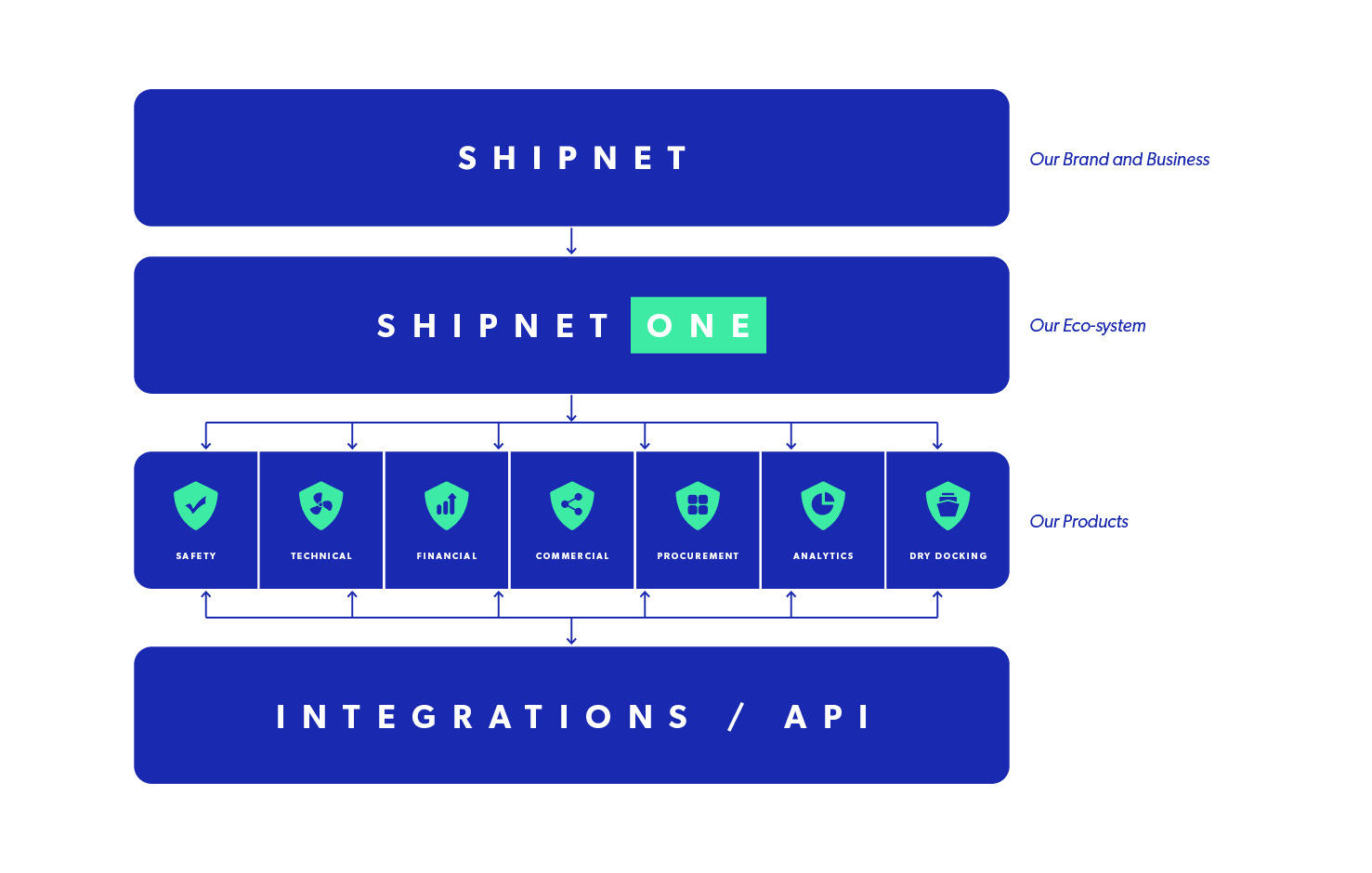
Shipnet ONE messaging
Value proposition
The ecosystem-based software that gives you control over your business.
Product promise
To be the shipping industry’s reliable, confident software partner.
How it works
Shipnet ONE is the hub for all of our integrated products.
Product messaging
Shipnet ONE An ecosystem-based, integrated solution that helps you command/control the effectiveness, efficiency and compliance of your fleet. It lets you organise your business through Technical, Commercial and financial perspectives using analytics.
Safety Easily implement and navigate the compliance regulations of the maritime industry and improve your safety culture through corrective actions and risk management.
Technical Support the technical side of your business, from managing your assets and controlling projects, to maintaining your vessels through dry docking and workflows.
Financial The trusted, integrated accounting solution for managing the shipping industry’s finances.
Commercial The complete chartering, planning and management tool, letting you control your entire voyage. Our commercial software/solution is tailored to your business/shipping needs.
Analytics Crunch the numbers, get the data and act on the insights –with the analytics product built by and for the shipping industry.
Procurement Manage the entire process from purchase to payment by integrating procurement and supply chain management into your software.
Dry Docking Integrate the entire maintenance and procurement process through the open-API architecture, making managing all aspects of your technical projects simple and hassle-free.
Integrations Integrate with any tool in your stack, automate your processes with intuitive API and put the flexibility back into your shipping business.
Templates downloads
Word Document
Copied!
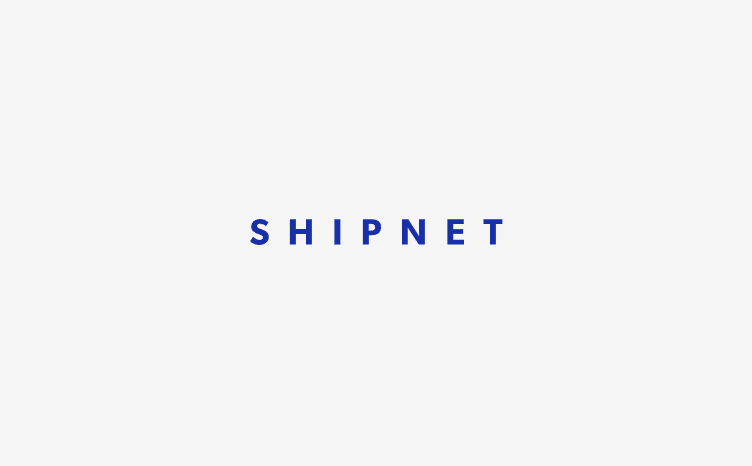


.png)
.png)
.png)
.png)
.png)
.png)
